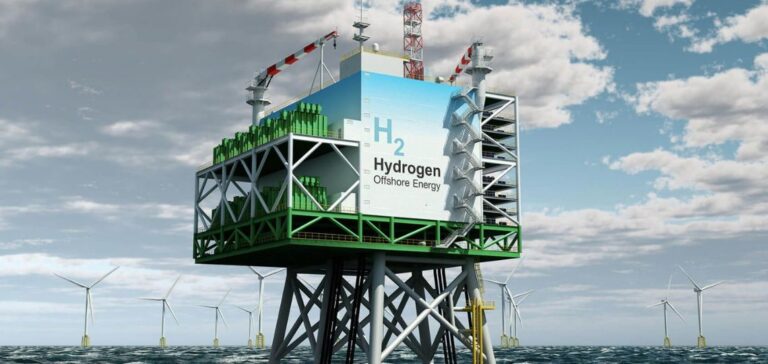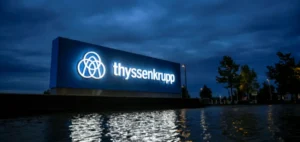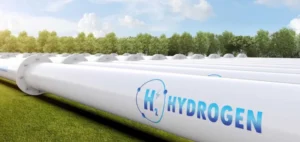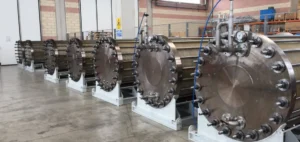Ramboll is studying the feasibility of producing hydrogen on a multi-gigawatt scale in the North Sea with NortH2.
A hydrogen backbone
Ramboll announces its collaboration with the NortH2 consortium comprisingEneco, RWE, Equinor and Shell. In partnership with Gasunie, it is studying how all aspects of the hydrogen value chain can be developed in coordination. The ambition is to establish a multi-gigawatt wind farm in the North Sea, linked to a hydrogen plant on land.
Hydrogen will supply industrial clusters in the Netherlands and Northern Europe via the European Hydrogen Backbone. By 2040, the aim is to reach 10GW of installed capacity combining onshore and offshore electrolysis. This would add up to 0.75 million tonnes of renewable hydrogen per year.
In addition to the onshore electrolysis plant, the consortium is studying the feasibility of offshore hydrogen production. To this end, he uses Ramboll to design and describe feasible concepts. Milko Binza Moussirou, Senior Project Manager at Ramboll, comments:
“Projects using onshore rather than offshore electrolysers tend to be cheaper – but as production evolves, this could change. So it makes perfect sense to explore this option further.”
Various options
Among the concepts to be considered is electrolysis on an offshore platform and directly at the base of wind turbines. Ramboll will study feasible wind farm designs, electrolyser technologies and hydrogen transport. In addition, the company will develop environmental impact assessments, market studies and business cases for each concept.
Ramboll will also carry out updated hydrogen cost calculations. This way, once the study is complete, the company can give NortH2 a complete overview of the options. In fact, the study covers the options in terms of investment required and the most appropriate technologies.
The Dutch engineering company Ramboll will draw up a roadmap for integrating offshore hydrogen production into the market. The feasibility study will be completed in January 2023. It will provide the context for offshore hydrogen production in the Dutch North Sea in 2030-2035.






















